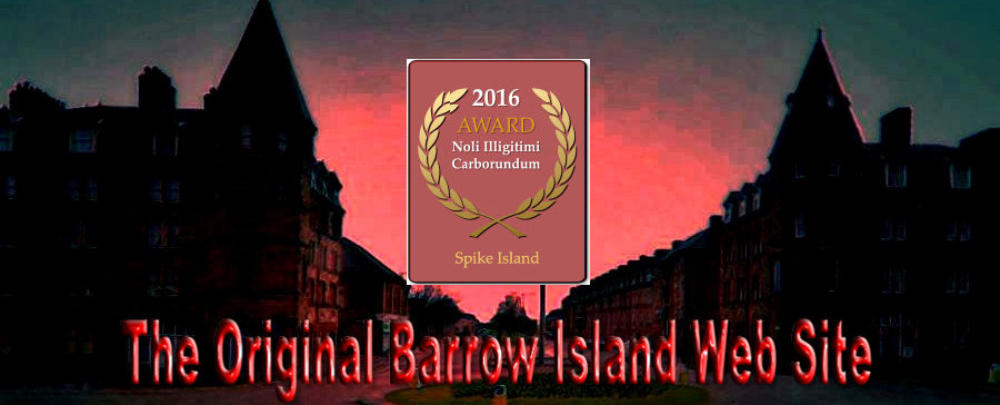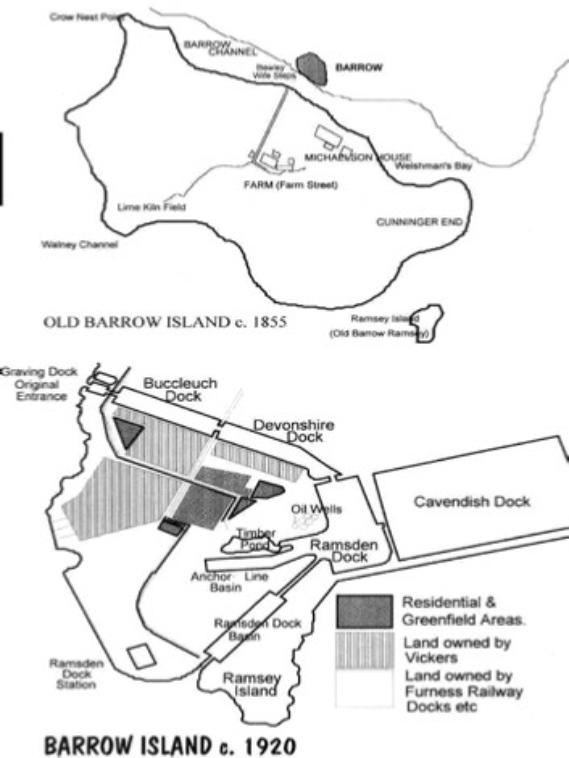My first attempt to write a web site about Barrow Island was in 1996 when the
internet was driven by steam and it's had three reincarnations since then. It's called
the Original Barrow Island Web Site because an unscrupulous blackguard robbed all
my pictures from the first site, bought the domain barrowisland.com and started his
own <spit> version of local history. But never mind, I've got over it.
I started trying to re-write this site and I wasn’t sure whether this was going to
be version 3.5 or version 4. Inevitably a rewrite was going to involve recycling the old
photos , but help came from an unexpected source - Facebook. I’d always avoided
Facebook and the like, thinking they were inhabited by numpties and keyboard
warriors who spent their entire lives verbally ripping lumps out of each other. I was
only partly right.
The various old local photograph groups on there are mostly civilised and proved
to be a rich source of material to be mined, which I gleefully did. I’ve given credit
where I know the source of a photo, if I’ve missed you please email
spikepix@outlook.com and I will credit you or remove the offending image. Thank you.
ABOVE: William Cavendish, 7th Duke of Devonshire KG, PC looking miserable.
Devonshire and Buccleuch.
William Cavendish was born in 1808, also known as Baron of Burlington, having taken that title in 1834. He succeeded to the title of Duke of Devonshire in 1858, being the seventh Duke. Although the Devonshires had a base at Holker Hall, their main interests lay elsewhere at the family seat of Chatsworth and with estates at Buxton and Eastbourne. William's interest in the Furness area increased after his wife's death in 1840, when he spent more time at Holker. His eldest son, Spencer Compton, was referred to as the Marquis of Hartington until he became the eighth Duke in 1892. The fifth Duke of Buccleuch was born in 1806. He took little interest in Fumess, leaving the matter of making piles of money in the hands of his agent, Edward Wadham of Millwood. Both families owned land in Furness as well as investing in quarries and other industrial concerns. They received a royalty on each ton of iron ore raised from those mines situated on their land, making more piles of lucre. These men provided the Investment and in doing so, made lots of money from Barrow & Barrow Island. Their names crop up again and again in the history of the area. Note them well, along with the man without whom, none of it would become a reality - Ramsden. They, for better or worse, made this Island what it is today. This site is about an island that is no longer truly an island having been physically concreted to the mainland, but mentally, its inhabitants still live in an isolated village. Happily that community spirit lives on in a wider society that finds itself increasingly fragmented in the 21st century. This [right] is a before & after drawing of Barrow Island, Barrow in Furness, Cumbria in the United Kingdom - not the Barrow Island in Australia (if you came here via Google). It is a speck on the map only shielded from the sometimes wild Irish sea by Walney Island across a narrow channel. Barrow Island’s growth was slow to non existent in the mid 19th century but as Barrow boomed the Island was to become the mainstay of Barrow’s industrial heritage. Barrow itself was once described as the “Chicago of the North” to reflect its “Wild West” atmosphere during its “Boom Years.” If they’d have called it the “New York of the North” - then in the 1870’s Barrow Island would have been the “Bronx.” The map on the right contrasts the rural Barrow Island of 1855 with the heavily industrialised island of circa 1910 and gives some idea of how the Island changed from being a lumpy kidney bean into something much larger by reclaiming dock land from the sea. Barrow Island or ‘Bar Ey’ (Bare Island), as it was known to the Norse invaders was not bare at all. It had a layer of lush arable soil suitable for growing most of the hardier crops found in the UK and was well covered with trees. Until 1863 Barrow Island was a purely rural, one might say idyllic little island, only the seasons changing the daily routine of the tenant farmers. The sale of a veritable rain-forest gives us an idea of the sylvan richness, the Barrow area once possessed - before industry eradicated the woods, green fields and hedgerows; burying them beneath tarmac and concrete.FOR SALE
15,000 Forest Trees:
Oak, Ash, Poplar, Beech & Sycamore
Apply… William Bennet
Gardener at Barrow Isle.
Old Barrow Farm
The illustration of Old Barrow Farm (right) taken from Joseph Richardson’s; Barrow: It’s Rise & Progress 1881 shows one of only three or four substantial buildings on the whole of old Barrow Island before the industrial revolution overtook the 39 inhabitants. The most substantial building on the island was Old Barrow Hall owned by the Michaelsons. An 1851 census carried out by William Fisher’s son James, shows a total population of thirty nine people living on Barrow Island - twenty women and nineteen men. Michaelson and his family together with various housekeepers, grooms and gardeners formed most of the inhabitants.INTRODUCTION
Not that long ago the docks of Old Barrow were a significant destination in the sailing orders of many a ship’s Master. As late as the 1960’s, eight ships a week would berth in Ramsden Dock, discharging such diverse cargoes as iron ore, china clay and once or twice; bananas. Norwegians, Lascars and men as black as coal were not unusual sights in the Royal’s “Dockers Bar” where they drank and swapped seaman’s tales. It was said in Barrow’s heyday that its docks in terms of size and trade, would be second only to Liverpool; as usual this overblown Victorian claim didn’t live up to the writer’s expectations. In the late 20 th century the only thing Barrow and Liverpool’s docks had in common were ghosts. The ghosts of disused buildings, torn up railway lines, demolished cranes, of forlorn hopes and aspirations. In the 1800's and the first half of the 20 th century, Liverpool’s maritime aspirations were realised to their full potential; but the general demise Britain’s manufacturing industry has reduced it to a shadow of its former self. Barrow however, with its geography and tidal dependent docks, was always destined to come second best. While researching material for this site, tantalising snippets of information were unearthed that answered one query with some certainty, but produced nagging doubts about other questions. Then to sometimes obfuscate the whole issue, a huge Grey Area reared its ugly head, where opinions and sometimes so-called facts conflicted. Having said that, a common theme ran through almost every book or newspaper article written in the last half of the 19th century about Barrow, and the theme was an incredible sense of optimism: optimism that was sometimes justified; sometimes not. Although pleasurable, the task of delving into Barrow’s history grew arms and legs. During many bouts of garment rending whilst rummaging around in matters historical; what I found - or did not find came as something of a surprise. Much has been written about North Scale, Biggar, Roose, Hawcoat and Barrow itself. The villages of Low Furness and the influences brought to bear by Anglo-Saxon, Norse and Scots invaders are well chronicled, being of great interest to students of early history. However the focus of my attention was occupied by an area usually only fleetingly mentioned in passing by historians; I wanted to know more about Barrow Island, which seemed to be sadly neglected. Maybe its name in the Domesday Book, “Bar Ey” meaning “Bare Island” gave a clue to the lack of coverage; was there nothing on the island of interest? Excellent books have been written about the history of Vickers (BAE) and although the shipyard covers a vast amount of land on Old Barrow, it is not the whole story. There is more to Barrow Island than Vickers, just as there is more to Barrow than shipbuilding. This runs contrary to the popular theory in the 1990's, that the inexorable demise of shipbuilding in Barrow would lead to the end of civilisation as we know it, but I digress so back to the plot. My interest lay in how the island was changed beyond recognition, not just by Vickers and its antecedents but also directly or indirectly by men like Ramsden whose dock system attracted many industrial concerns and the infrastructure that supported them. In 1872 prominent local figure Francis Leach described Old Barrow Island as being, “...Two years since quite a pleasant rural nook, with fields of waving grain and blooming hedgerows [has been] transformed with almost magical rapidity into a teeming hive of industry.” This was not achieved without problems: problems that took the rest of the 19th century with which to come to grips. The difficulties Barrow Island faced during those boom years were no different to the rest of Barrow, or any other boom-town caught up in the fever of industrial revolution that swept England in the 19th century, albeit more concentrated in time and space. Problems caused by housing shortages, bad or non-existent sanitation and amenities were magnified, telescoped in the rush of events. Furthermore, the ethnic mix of English, Scots, Irish and Welsh sometimes brought its own problems. We may all live in the same kingdom, but we have never made the best of bed-fellows, especially when crammed together eighteen to a hovel. Unlike other parts of Barrow that have extended their boundaries far beyond their original borders; Barrow Island cannot overflow into the next district, its outline may have changed but its limits have never become blurred. This, maybe explains how it manages to retain an almost village mentality and if a well nurtured parochialism can be sometimes be detected in the text - try to ignore it. The blank spaces left by the historians have by and large been filled by islanders past, and present. The help they gave in the form of facts, photographs and memories have saved me from going prematurely bald. Although it is only intended to be a lightweight in the field of local history, as I am no expert; I hope this site in some way fills a gap in the town’s history. Each page attempts to be a ‘snapshot’ of the dramatic changes wrought on Barrow Island by our forefathers, who had more foresight than the present day incumbents of the Town Hall. There are, of course those, whose perceived version of events of over a century ago will differ from mine; maybe they view those events from a different angle or quite probably have longer memories. To those readers I hold my hands up and say the immortal words, “Any errors, omissions or inaccuracies are, of course, solely mine.” Having said that, I have tried to be accurate, or, where two sources disagree: fair.NOW! A word from our sponsor
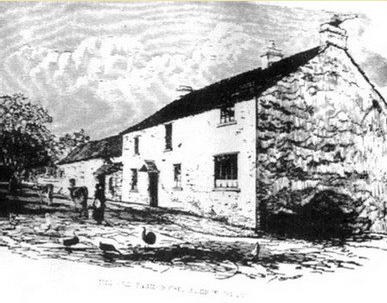
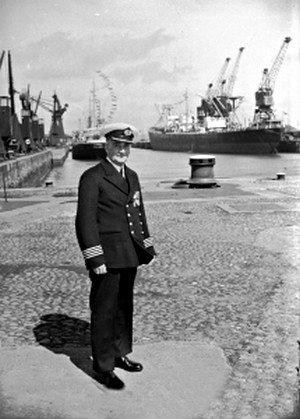
Captain Stainton
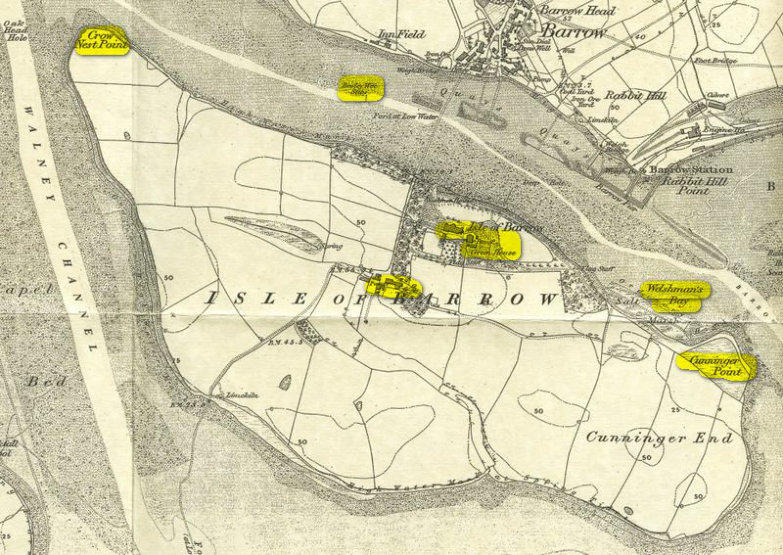


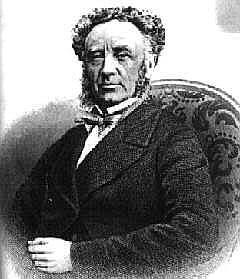
Duke of Buccleuch
